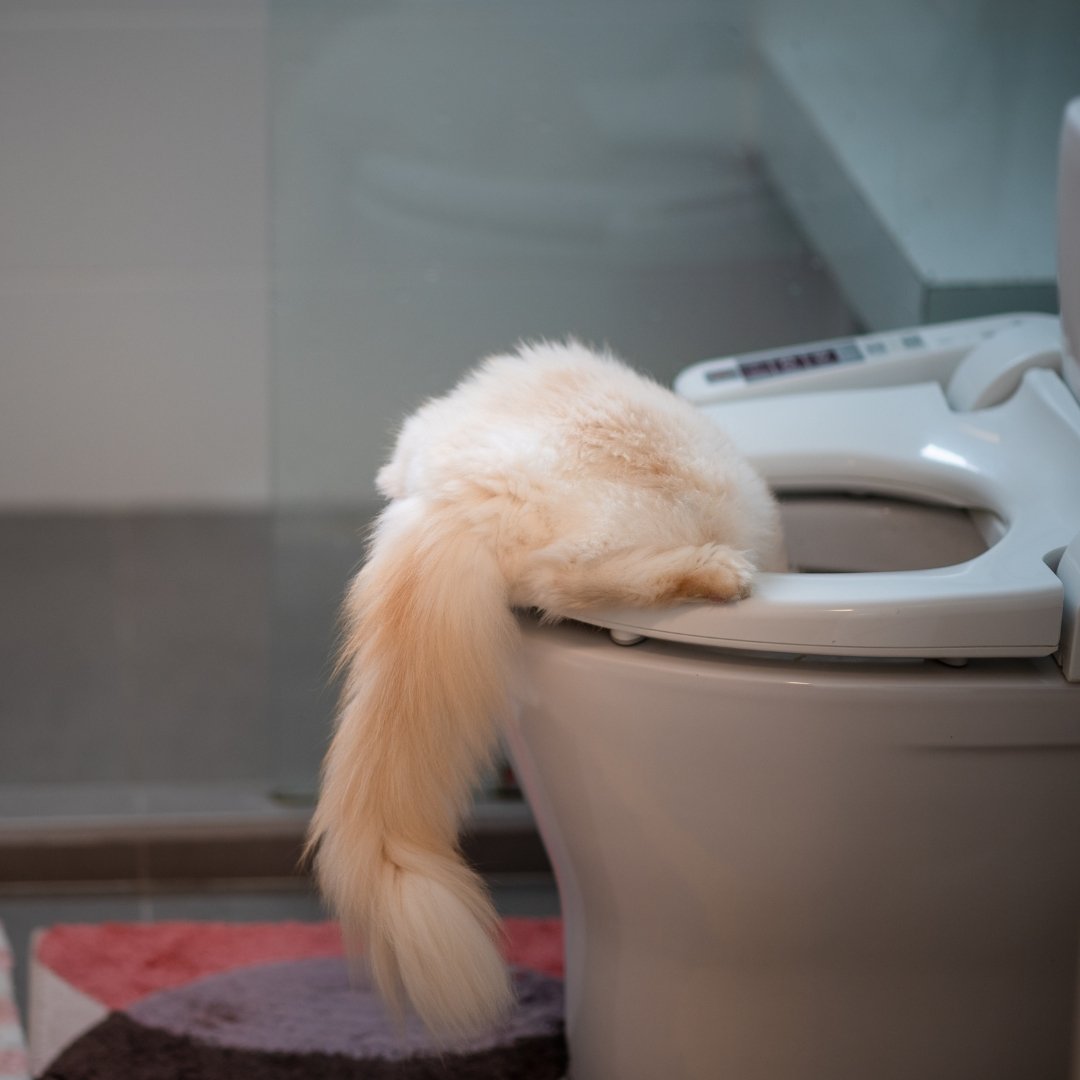Dangers of Disposing Cat Poop in Your Toilet - Precautionary Steps
WebsiteThe article following next in relation to Don’t flush cat feces down the toilet is definitely stimulating. Read it yourself and decide what you think about it.

Intro
As pet cat proprietors, it's necessary to be mindful of just how we take care of our feline pals' waste. While it might appear practical to flush cat poop down the commode, this technique can have damaging effects for both the atmosphere and human wellness.
Ecological Impact
Purging cat poop introduces hazardous virus and bloodsuckers into the water supply, positioning a considerable threat to marine ecosystems. These pollutants can negatively impact aquatic life and concession water top quality.
Health Risks
In addition to ecological worries, purging feline waste can likewise pose health risks to humans. Cat feces may consist of Toxoplasma gondii, a bloodsucker that can cause toxoplasmosis-- a potentially extreme health problem, particularly for expectant females and people with damaged body immune systems.
Alternatives to Flushing
The good news is, there are more secure and more liable means to take care of pet cat poop. Think about the adhering to options:
1. Scoop and Dispose in Trash
The most usual technique of taking care of pet cat poop is to scoop it into an eco-friendly bag and toss it in the trash. Make certain to use a committed trash inside story and take care of the waste immediately.
2. Use Biodegradable Litter
Select eco-friendly feline litter made from materials such as corn or wheat. These clutters are eco-friendly and can be securely thrown away in the trash.
3. Bury in the Yard
If you have a yard, think about hiding feline waste in a designated area far from veggie yards and water sources. Be sure to dig deep enough to stop contamination of groundwater.
4. Set Up a Pet Waste Disposal System
Invest in an animal garbage disposal system especially made for feline waste. These systems utilize enzymes to break down the waste, lowering odor and environmental effect.
Conclusion
Liable pet dog ownership extends past providing food and sanctuary-- it likewise involves correct waste management. By avoiding flushing feline poop down the commode and opting for alternative disposal methods, we can decrease our ecological impact and secure human health.
Why Can’t I Flush Cat Poop?
It Spreads a Parasite
Cats are frequently infected with a parasite called toxoplasma gondii. The parasite causes an infection called toxoplasmosis. It is usually harmless to cats. The parasite only uses cat poop as a host for its eggs. Otherwise, the cat’s immune system usually keeps the infection at low enough levels to maintain its own health. But it does not stop the develop of eggs. These eggs are tiny and surprisingly tough. They may survive for a year before they begin to grow. But that’s the problem.
Our wastewater system is not designed to deal with toxoplasmosis eggs. Instead, most eggs will flush from your toilet into sewers and wastewater management plants. After the sewage is treated for many other harmful things in it, it is typically released into local rivers, lakes, or oceans. Here, the toxoplasmosis eggs can find new hosts, including starfish, crabs, otters, and many other wildlife. For many, this is a significant risk to their health. Toxoplasmosis can also end up infecting water sources that are important for agriculture, which means our deer, pigs, and sheep can get infected too.
Is There Risk to Humans?
There can be a risk to human life from flushing cat poop down the toilet. If you do so, the parasites from your cat’s poop can end up in shellfish, game animals, or livestock. If this meat is then served raw or undercooked, the people who eat it can get sick.
In fact, according to the CDC, 40 million people in the United States are infected with toxoplasma gondii. They get it from exposure to infected seafood, or from some kind of cat poop contamination, like drinking from a stream that is contaminated or touching anything that has come into contact with cat poop. That includes just cleaning a cat litter box.
Most people who get infected with these parasites will not develop any symptoms. However, for pregnant women or for those with compromised immune systems, the parasite can cause severe health problems.
How to Handle Cat Poop
The best way to handle cat poop is actually to clean the box more often. The eggs that the parasite sheds will not become active until one to five days after the cat poops. That means that if you clean daily, you’re much less likely to come into direct contact with infectious eggs.
That said, always dispose of cat poop in the garbage and not down the toilet. Wash your hands before and after you clean the litter box, and bring the bag of poop right outside to your garbage bins.
https://trenchlesssolutionsusa.com/why-cant-i-flush-cat-poop/

I found that page on Don’t flush cat feces down the toilet while perusing the internet. If you appreciated our article please do not forget to share it. Many thanks for taking the time to read it.
Apply Now